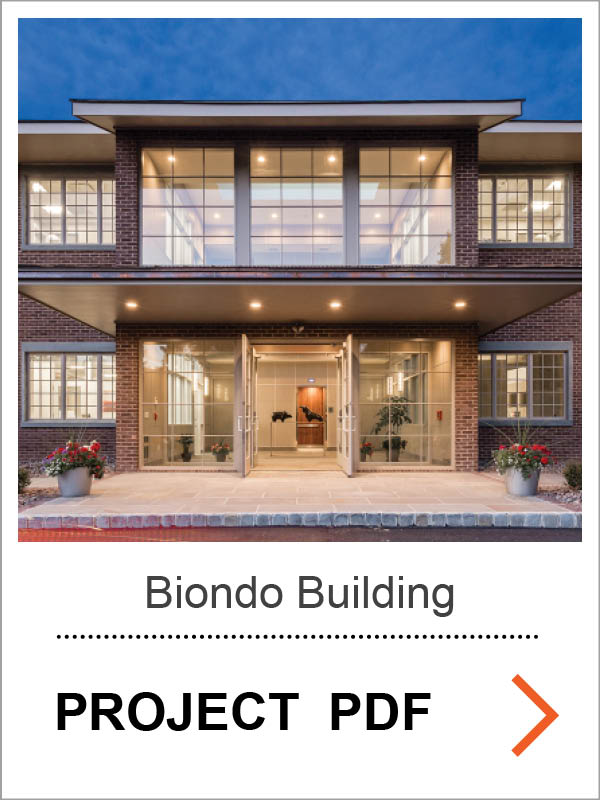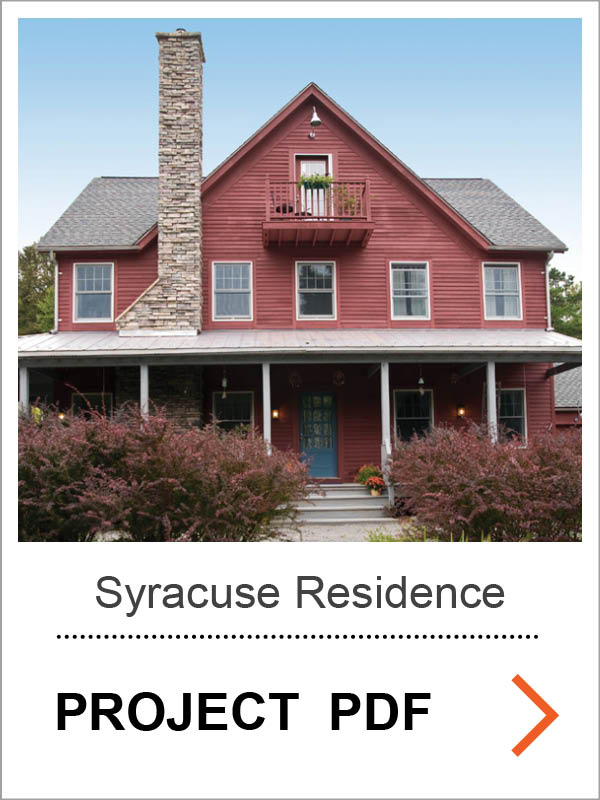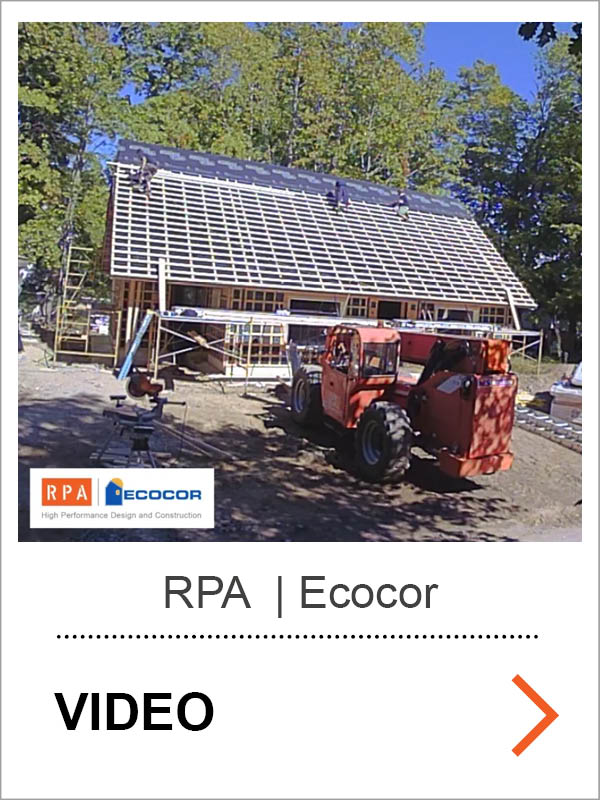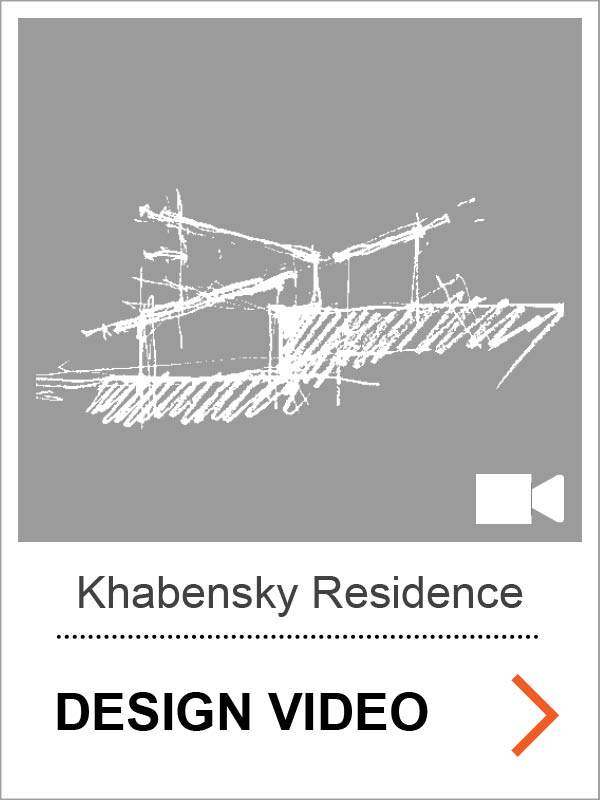Library
RPA Brochures
RPA eBooks
RPA Project Portfolios
RPA Videos
RPA Technical Content
RPA Reading List
Christopher Alexander
Christopher Alexander’s ground breaking book first published in 1977. It is part 2 of a 3-part trilogy about the nature of the built environment. A Pattern Language includes 253 universal patterns of human nature. Selecting and organizing the relevant patterns to solve a design problem forms “a pattern language”. Each pattern consists of a problem statement, a discussion of the problem with an illustration, and a solution.
Stewart Brand
Written by Stewart Brand, who brought us “The Whole Earth” catalog, “How Buildings Learn” explores what happens to buildings after they’re built. These post construction insights allow us to “design-in” the inevitable evolution of our rooms and spaces.
The Ultimate House Book
Terrance Conran
The third edition of Terrance Conran’s well-organized approach to designing, engineering, and organizing your home environment. Conran’s well illustrated book is is based on simplicity and common sense combined with clean modern design.
An Introduction to Passive House
Justin Bere
Authored by Justin Bere, one of the UK’s leading Passive House architects, “ An Introduction to Passive House” contains essays that reveal the technical and creative secrets of Passive House design, as well as case studies of some of the world's best examples of beautiful, modern, sustainable buildings.
Residential Energy
John T. Krigger
The 6th edition of Residential Energy is a complete reference book on home energy conservation. The fundamentals of buildings science are well organized and clearly explained.
The Ecology of Commerce
Paul Hawkin
Paul Hawkin defined modern sustainability by simply stating that “you can make money without wrecking the environment”.
























































